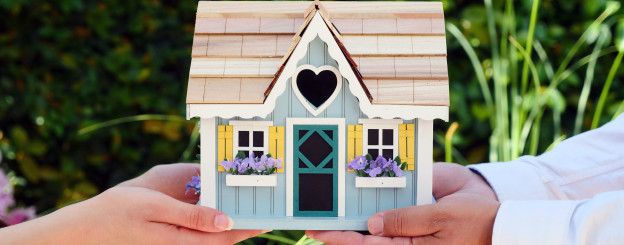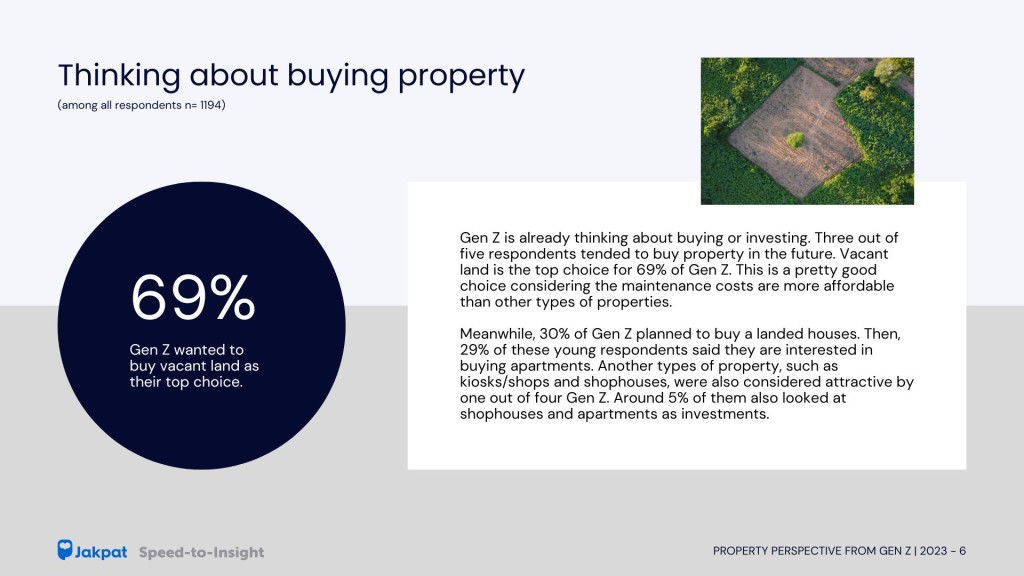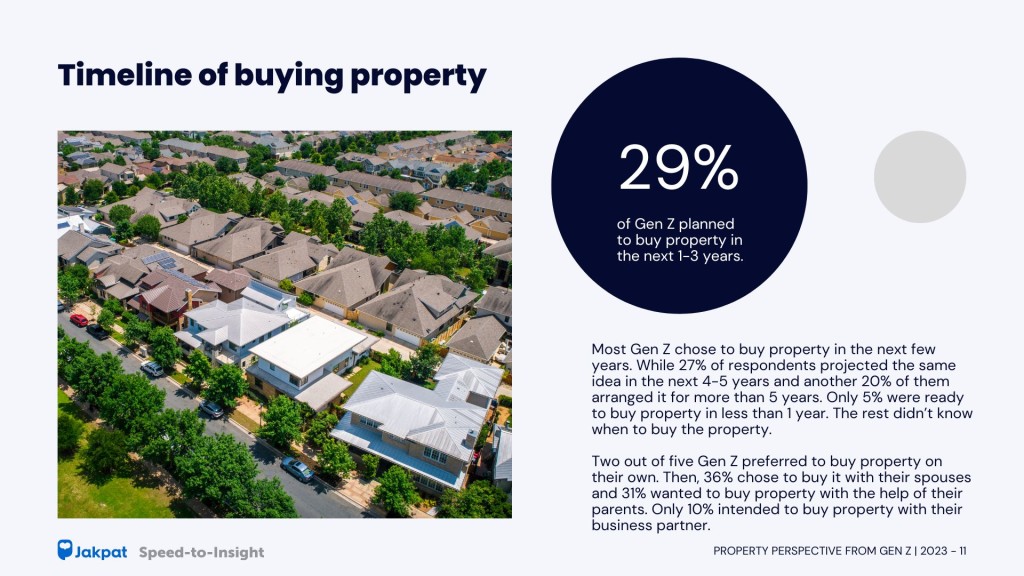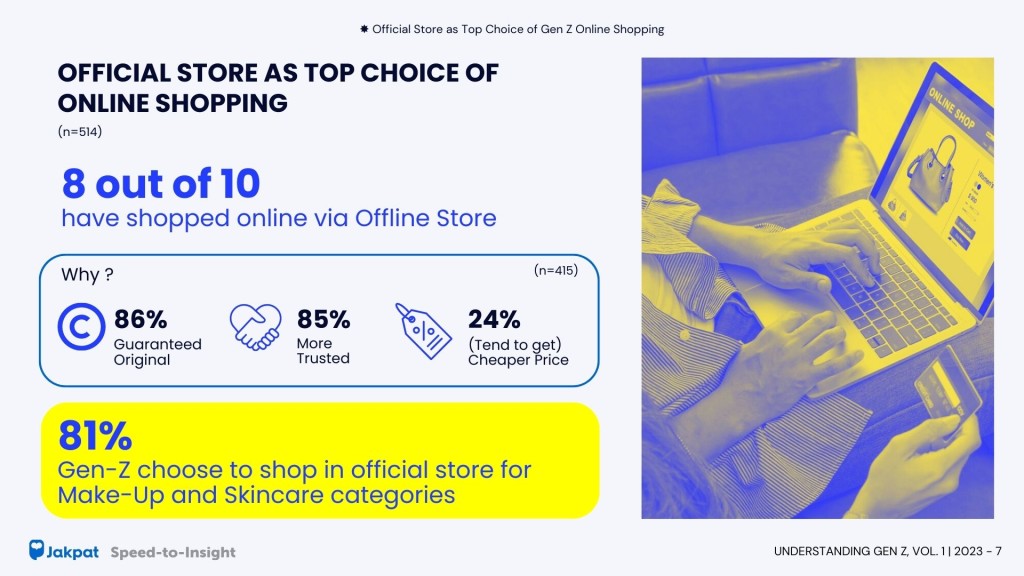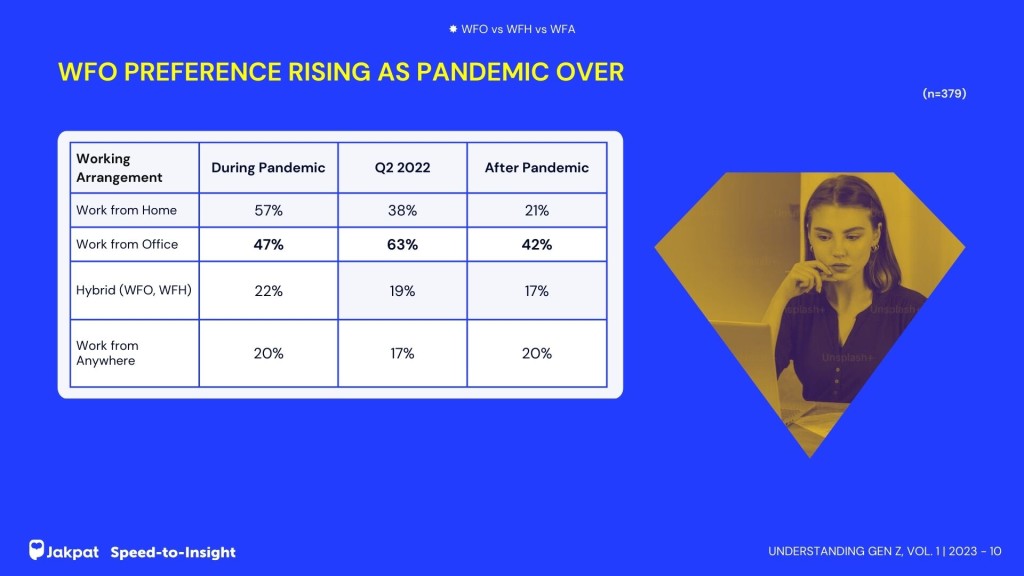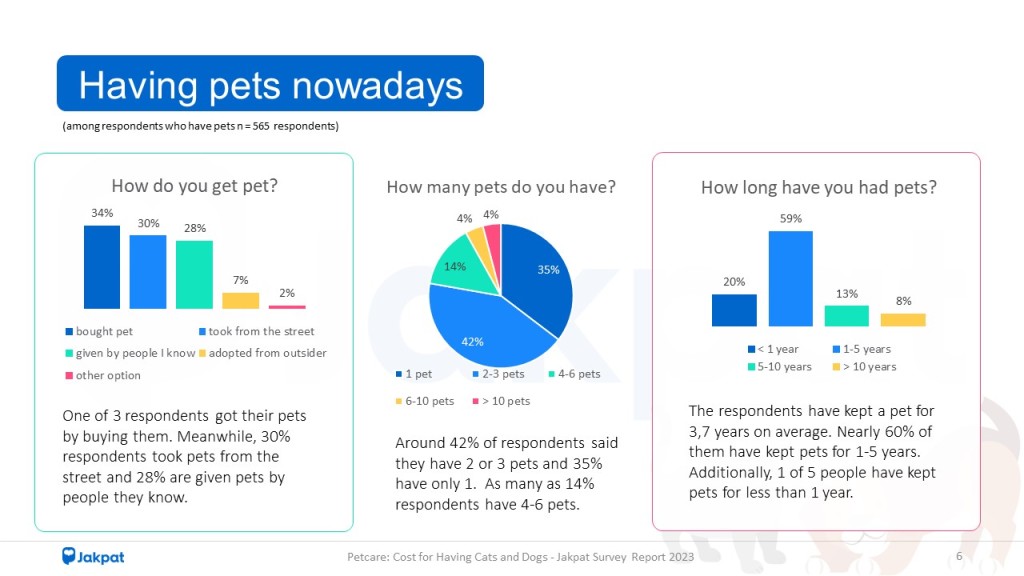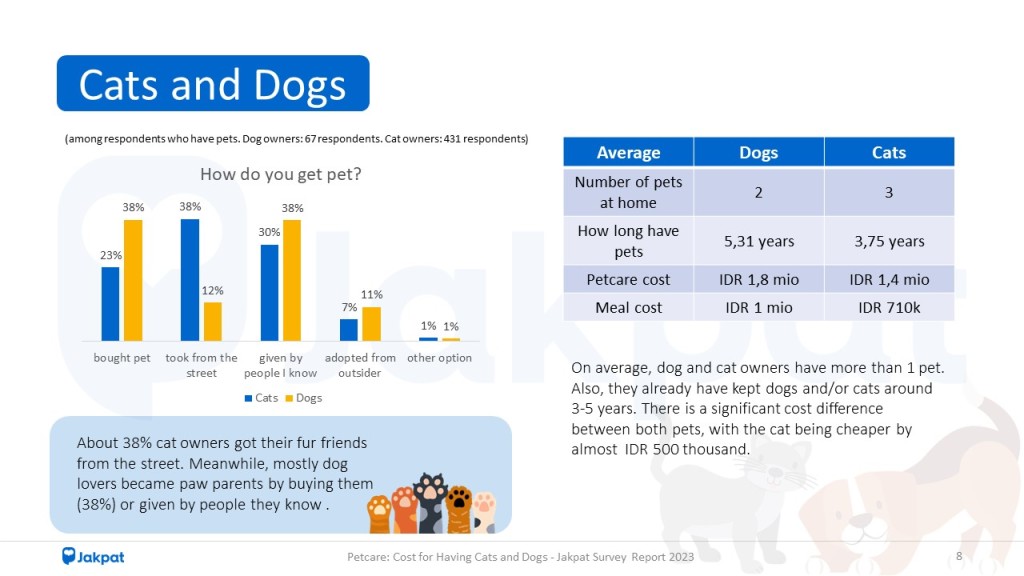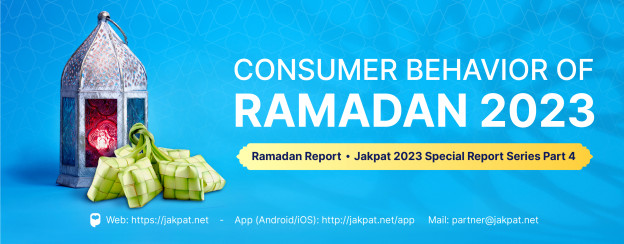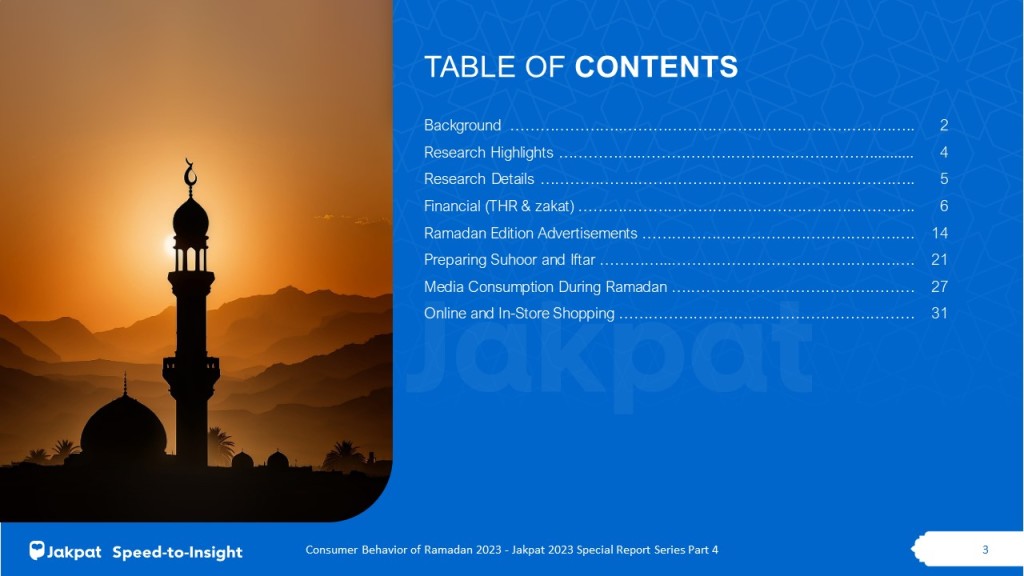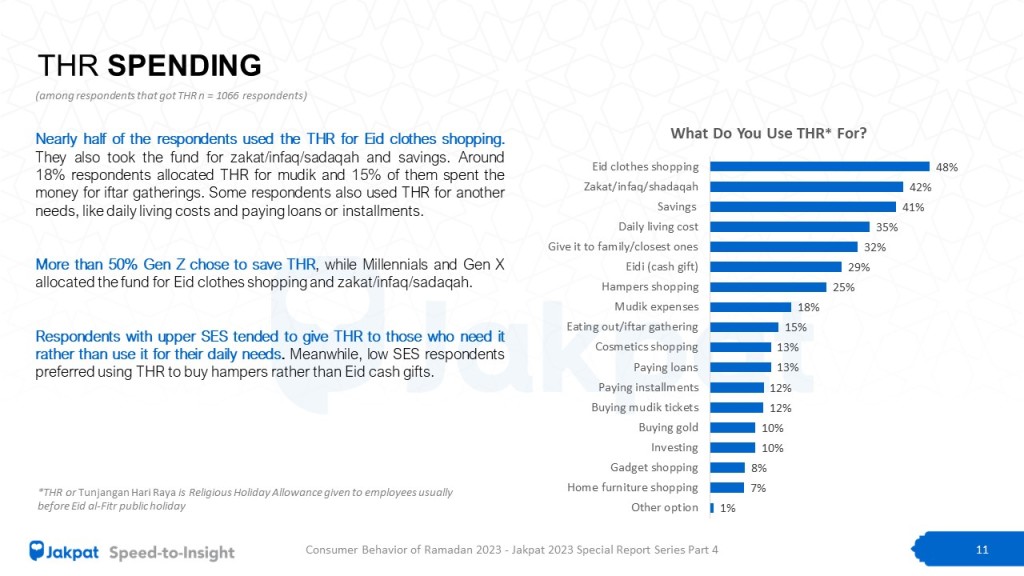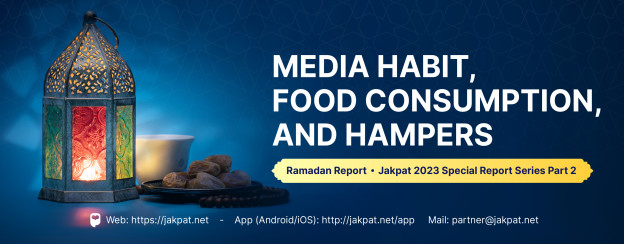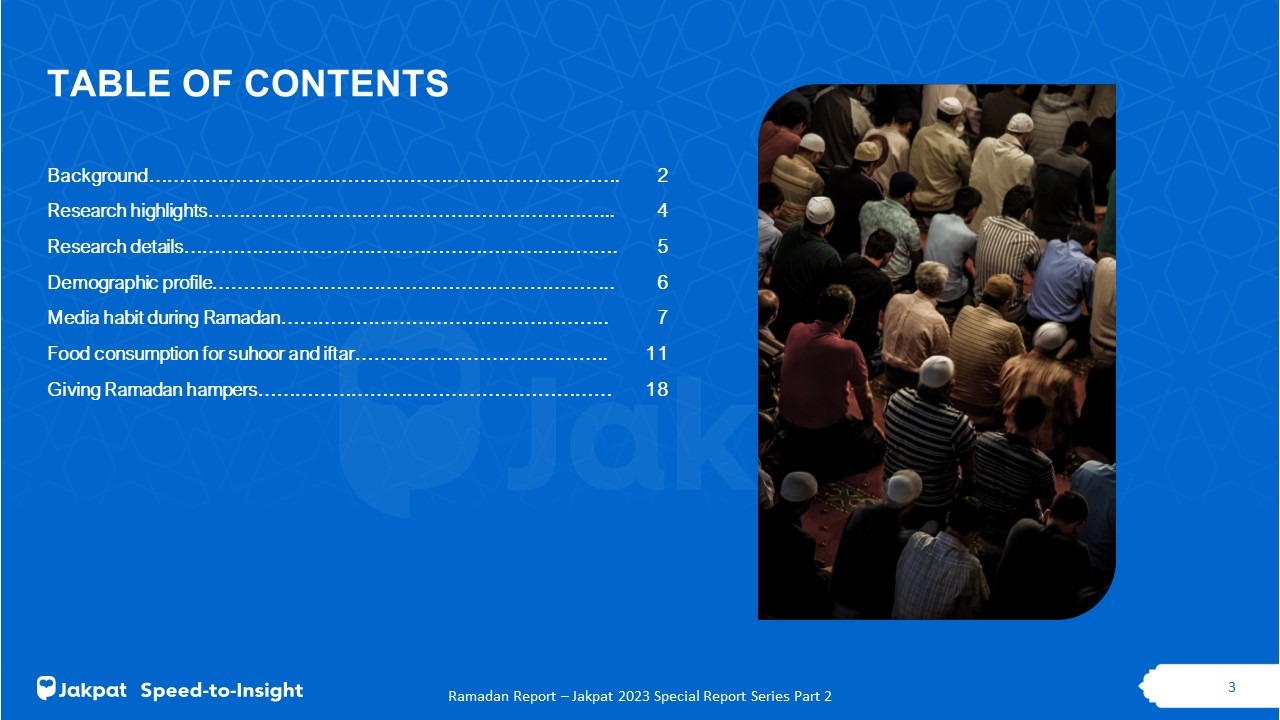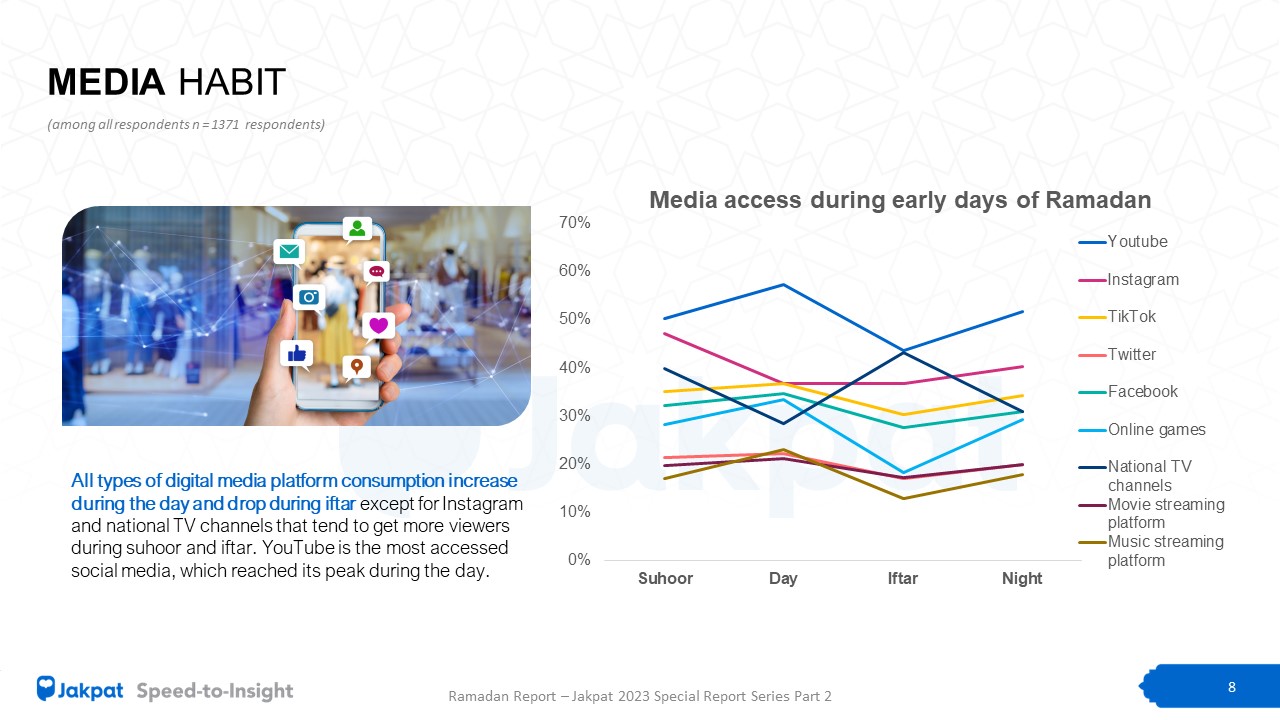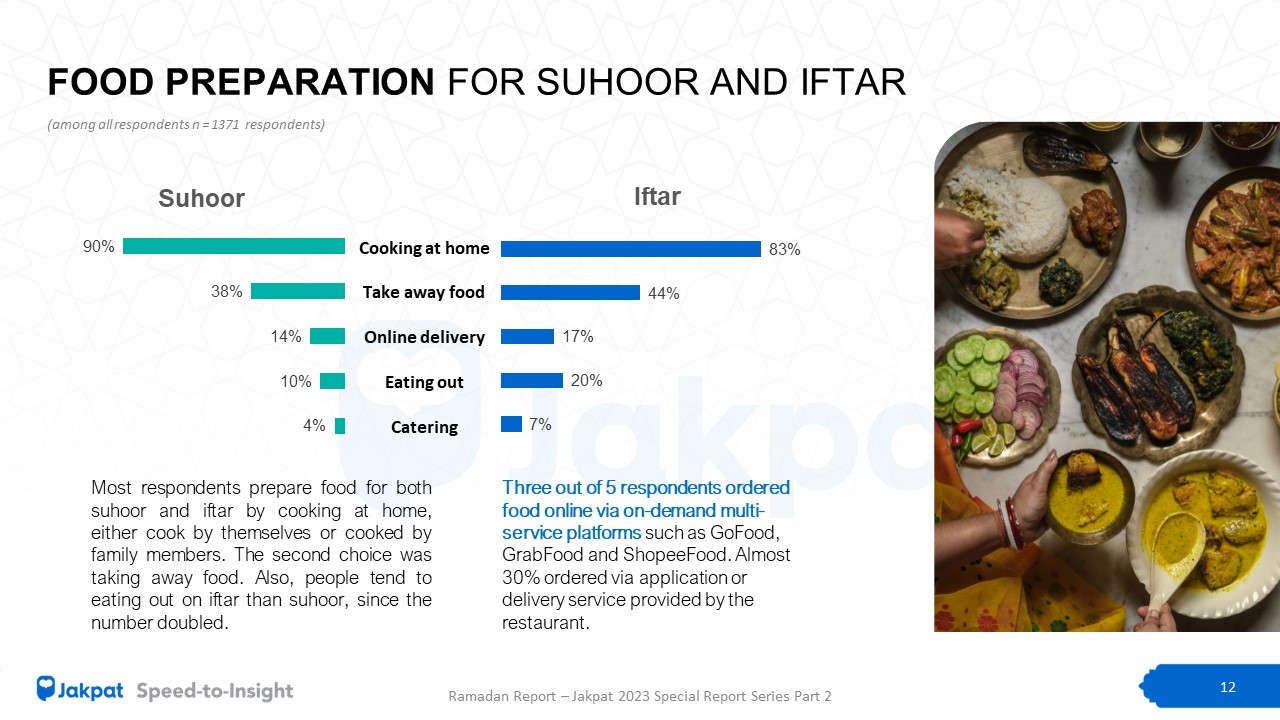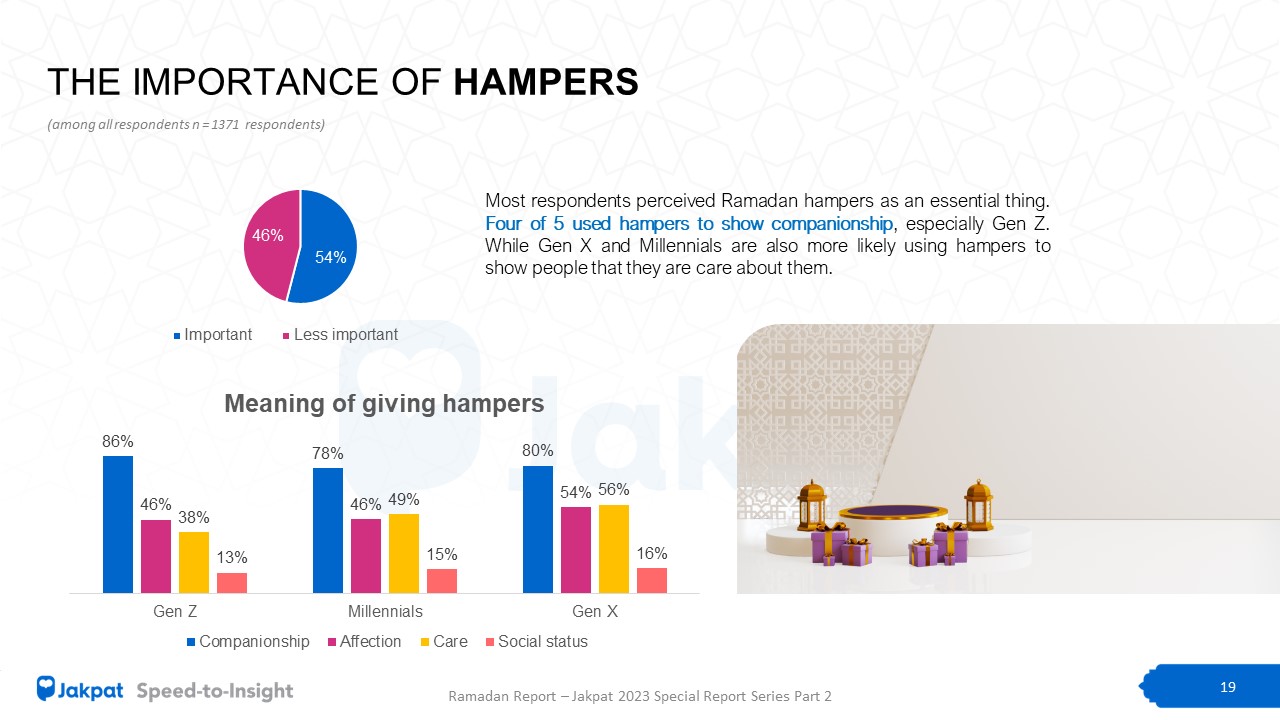Generation Z (Gen Z) is now being the target in the property sector. The majority of this generation are at the level of college students and first jobbers, with single/unmarried status. This age group tends not to have economic strength yet but wants to invest in property. However, there are also those who have already bought property.
Jakpat conducted a survey to find out the perspective of Gen Z when it comes to property. The report involving 1,194 respondents shows what types of property investments they are eyeing, and financial preparation in applying for House Ownership Credit (KPR), and views on property rent.
The survey results stated that three out of five respondents planned to buy property in the future. Vacant land is the most common choice where 69% of Gen Z thought about investing in such properties. Meanwhile, 30% of them planned to buy a landed house.
The purpose of Gen Z buying property
As many as 75% of Gen Z would buy property as an investment. Increasingly expensive prices are also the reason 43% of Gen Z wanted to buy property. Other considerations are housing (40%) and business needs (36%).
The Jakpat report also found that location and property access are the top determinants for Gen Z in choosing the property they want to buy (79%). Interesting locations are those close to access to the city center and public facilities such as public transportation or shopping centers.
“Currently, the main reason they want to buy property, especially vacant land, is as a form of investment for the future. This is reinforced by the main consideration factors are the location and access of the property, as well as the surrounding environmental condition. Hopefully, these factors can later increase the value of their property as an investment product,” said Head of Research Jakpat, Aska Primardi.
In addition, this property investment is also planned to become passive income by renting it out. “This interest arises because of the vision to achieve financial freedom in the future,” added Aska.
Jabodetabek is a dream area for Gen Z to buy property. Only 6% of respondents were interested in buying property outside Java, Bali, and Nusa Tenggara.
Gen Z’s preparation for buying property
As many as 29% of Gen Z planned to buy a property in the next 1-3 years. Meanwhile, 27% of respondents planned something similar in the next 4-5 years and another 20% of them projected it more than 5 years.
Two out of five Gen Zers preferred to buy property at their own budget. Then, 36% wanted to buy it with a partner and 31% were assisted by parents. Only 10% intended to buy property with a business partner.
Gen Z counts mortgage
One in four Gen Z wanted to buy property through a mortgage. The majority of those who choose this option intended to choose a 10-year tenor. There are various reasons for considering the amount of tenor chosen, one of which is the ability to pay installments (70%).
Get the details on our report here.



